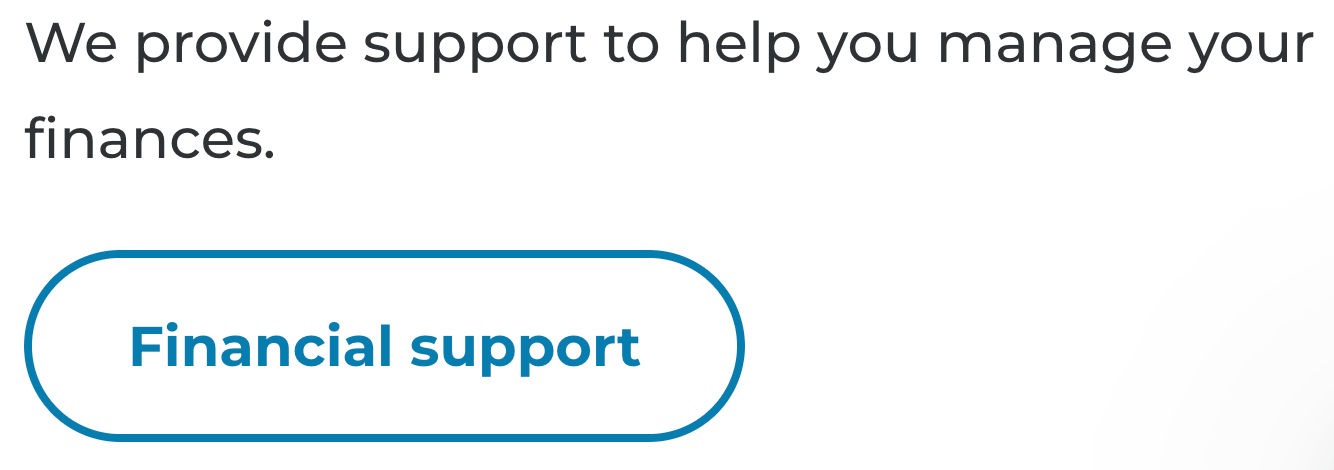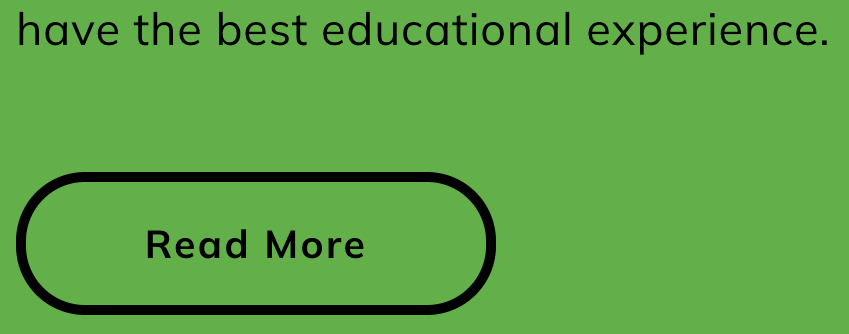2.4.4 Link Purpose (In Context) (A)
What WCAG says:
“The purpose of each link can be determined from the link text alone or from the link text together with its programmatically determined link context” (with one exception)
Understanding 2.4.4 Link Purpose (In Context)
What this means
Every link must have text which describes its purpose within its immediate context. The text does not have to be visible, but it must be conveyed to assistive technologies.
Why it matters
This makes sure that screen reader users can understand the purpose of links in their context, and that speech recognition users can target links accurately using voice commands.
How to check
The accessible name is the name used by assistive technologies such as screen readers and voice control tools. To find the accessible name of each link, you can use:
- your browser’s developer tools
- a screen reader
Check that each link describes the link’s purpose. If the link text itself is not enough to understand the purpose, then also check its immediate context, such as the same paragraph, list item, table cell or an associated table header.
Automated tools such as Axe can detect links with no text, but they cannot determine whether link text is appropriate when it exists.
How to test in detail for 2.4.4 Link Purpose (in context)
Good examples
A self-explanatory link

Ideally, all links should make sense out of context. In this case, the “Financial support” link does not depend on the previous text for you to understand it.
A link that makes sense in context

While the link text of “support” is not very specific in itself, the surrounding context makes the link meaningful.
Common mistakes
Links with no text
A link fails this criterion if it is an image with no associated text. In this example, the Instagram and Search icons are described as “Unlabeled” when using a screen reader.

Adding meaningful alternative text to the icons, for example “Instagram” and “Search”, would give the links appropriate names.
Links out of context
The following link has generic text of “Read more” and is not in the same paragraph as the wording leading up to it, meaning it has no immediate context.

Either the link text could be made self-explanatory, or extra visually hidden text could be added to the link’s accessible name. For example, the screen reader output could be changed to “Read more about our educational experience.”
Related success criteria
This success criterion specifically relates to links being descriptive.
- 1.1.1 Non-text Content relates to images having alternative text. If a link only contains an image which fails Non-text Content, it is likely to fail 2.4.4 Link Purpose too.
- 2.4.6 Headings and Labels relates to other components having descriptive labels, not just links.
- 2.5.3 Label in Name requires that the accessible name includes any text that’s presented visually.
- 4.1.2 Name, Role, Value requires that links also have an appropriate role.